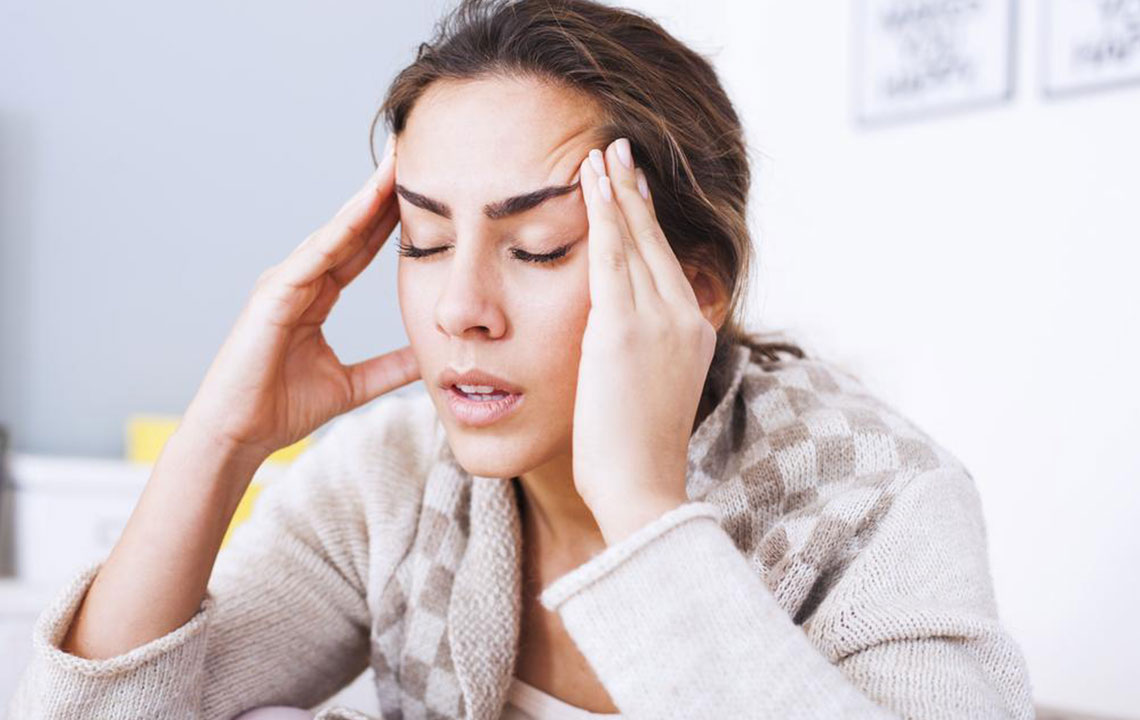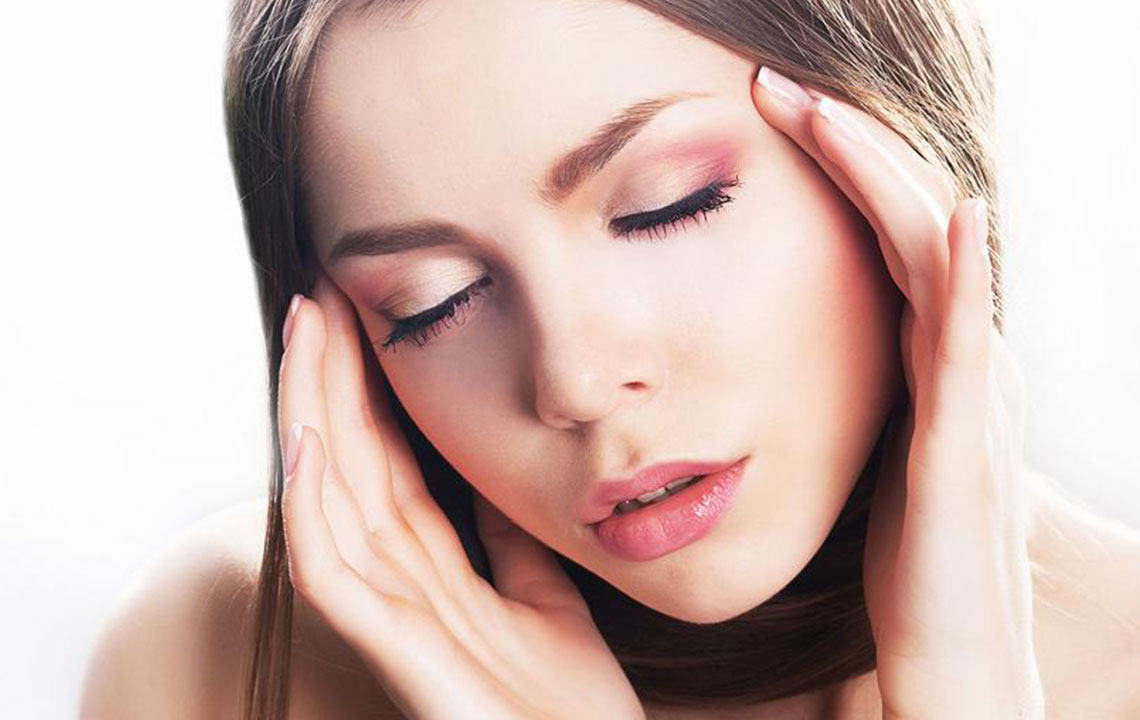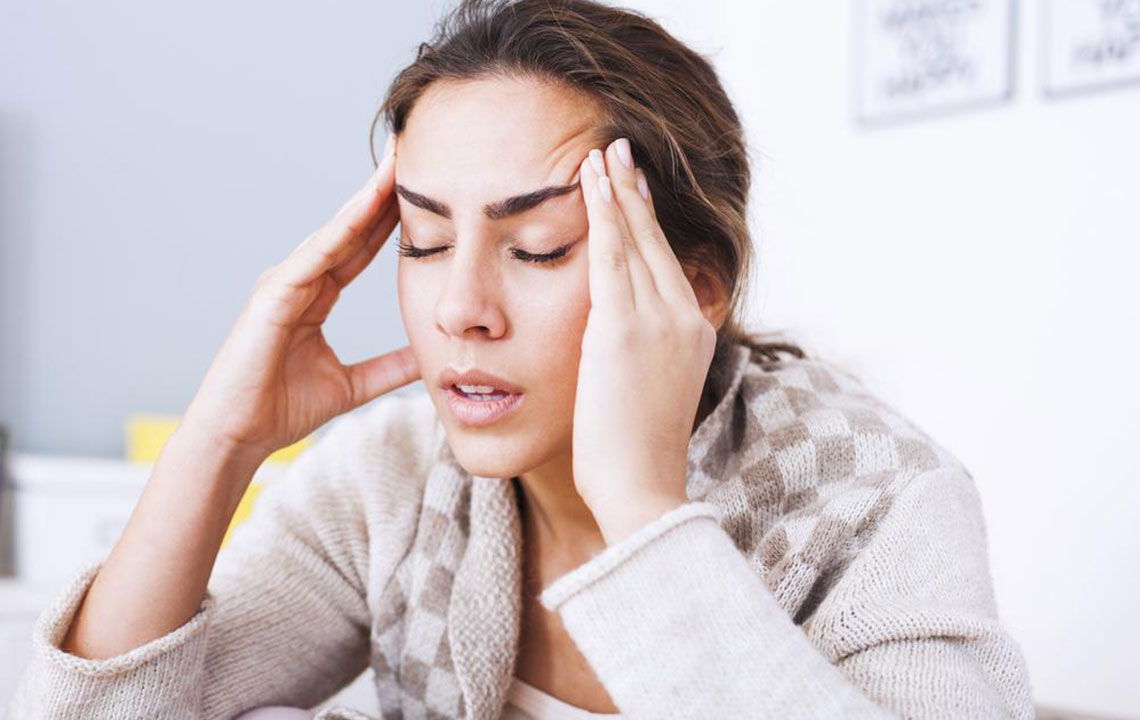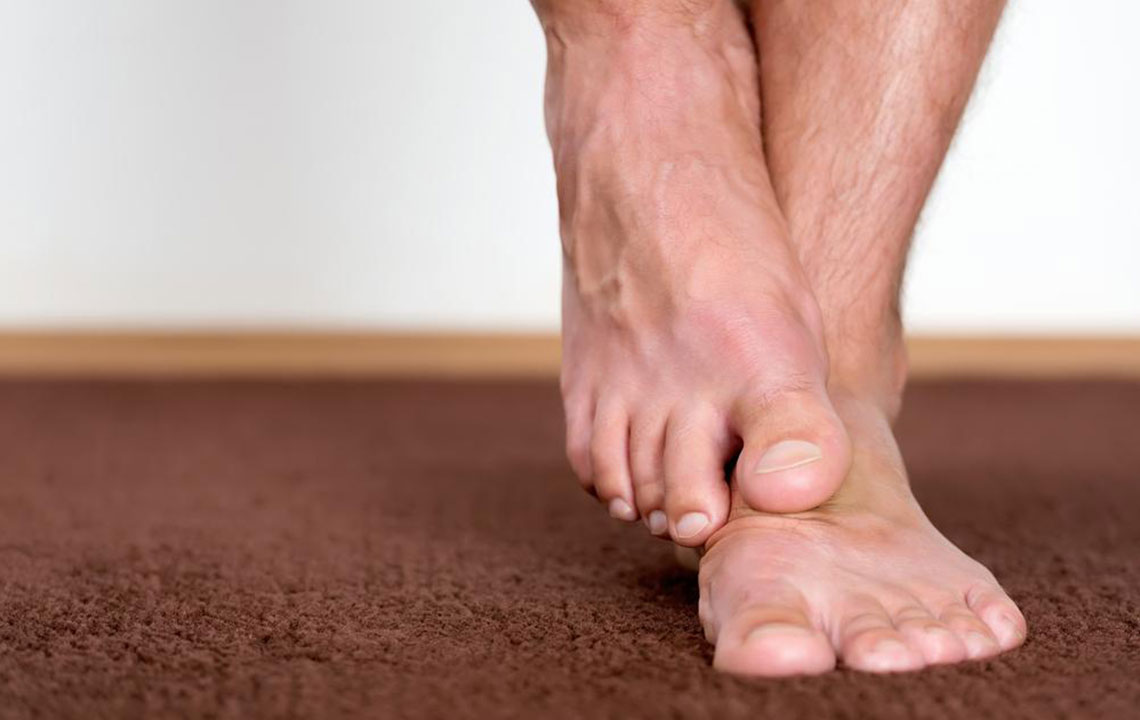Understanding Migraines: Symptoms, Common Triggers, and Alternative Remedies
This article explores the symptoms, triggers, and alternative treatment options for migraines. It explains the stages of a migraine, identifies common causes, and discusses holistic approaches like yoga, biofeedback, massage, acupuncture, and CBT to help manage and reduce migraine attacks effectively.

Understanding Migraines: Symptoms, Common Triggers, and Alternative Remedies
Migraines are intense, recurring headaches often accompanied by sensory disturbances and other symptoms. According to The National Headache Foundation, approximately 28 million individuals in the country experience migraines, with a higher prevalence among women.
The precise cause of migraines remains unclear. Historically, it was believed that migraines started with arterial spasms, reducing blood flow to the brain and triggering visual auras like flashes, zigzag lines, or hazy spots. These spasms later relax, increasing blood flow and causing pain.
Recent research points to the roles of neurotransmitters such as dopamine and serotonin, which may influence blood vessel behavior when out of balance, contributing to migraines. This neurovascular theory provides insight into migraine origins.
Migraine Symptoms
Typically affecting one side of the head, migraines often come with warning signs like nausea and visual changes. The primary stages include:
Prodrome
This early phase signals a migraine onset with symptoms such as fatigue, mood swings, neck stiffness, thirst, and cravings, lasting from 1 to 24 hours.
Aura
This phase involves neurological symptoms like visual disturbances (spots, zigzags, or flashes), tingling, numbness, dizziness, difficulty speaking, memory issues, and disorientation.
Attack
The main headache phase features a throbbing pain, often on one side, with possible nausea and sensitivity to light and touch. Movements can intensify discomfort.
Postdrome
Following the pain, individuals may feel drained, similar to a hangover, which can last hours or days. Symptoms similar to prodrome might reappear.
Common Migraine Triggers
Various factors can provoke migraines, including:
Smoking
Certain foods such as chocolate, cheese, nuts, alcohol, and MSG
Skipping meals or irregular sleep patterns
Physical or emotional stress
Use of contraceptives and hormonal fluctuations
Caffeine addiction or sudden withdrawal
Weather and altitude changes
Alternative Approaches to Managing Migraines
While conventional treatments focus on medications, several natural methods may reduce attack frequency and severity:
Yoga – Practices like child’s pose, downward dog, and bridge help regulate stress, blood pressure, and promote relaxation.
Biofeedback – This technique uses devices to help control stress-related physical responses such as muscle tension and body temperature.
Massage Therapy – Different massage techniques, including Swedish and deep tissue, can improve sleep quality and decrease migraine occurrence.
Acupuncture – Inserting fine needles at specific points may relieve migraine pain, supported by clinical studies.
Cognitive Behavioral Therapy – CBT assists individuals in managing pain perceptions through behavioral adjustments and stress management.










